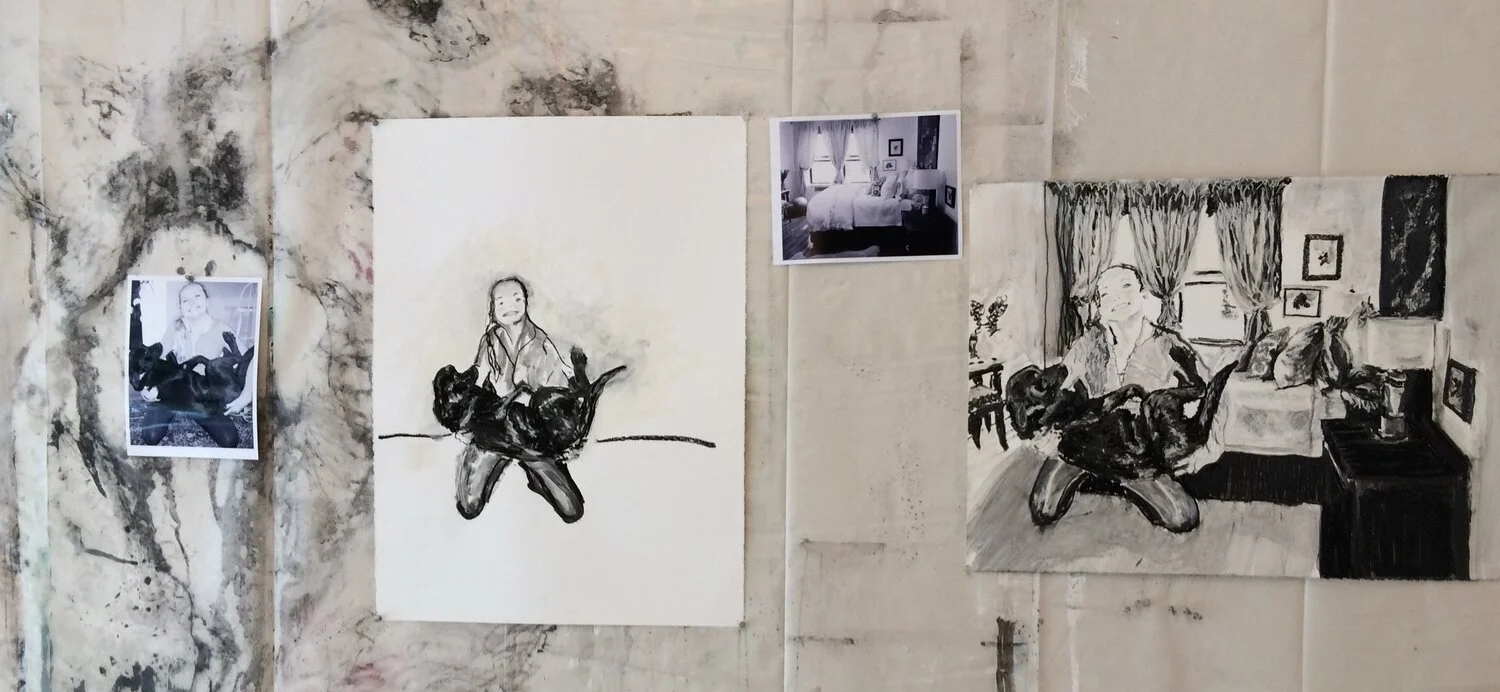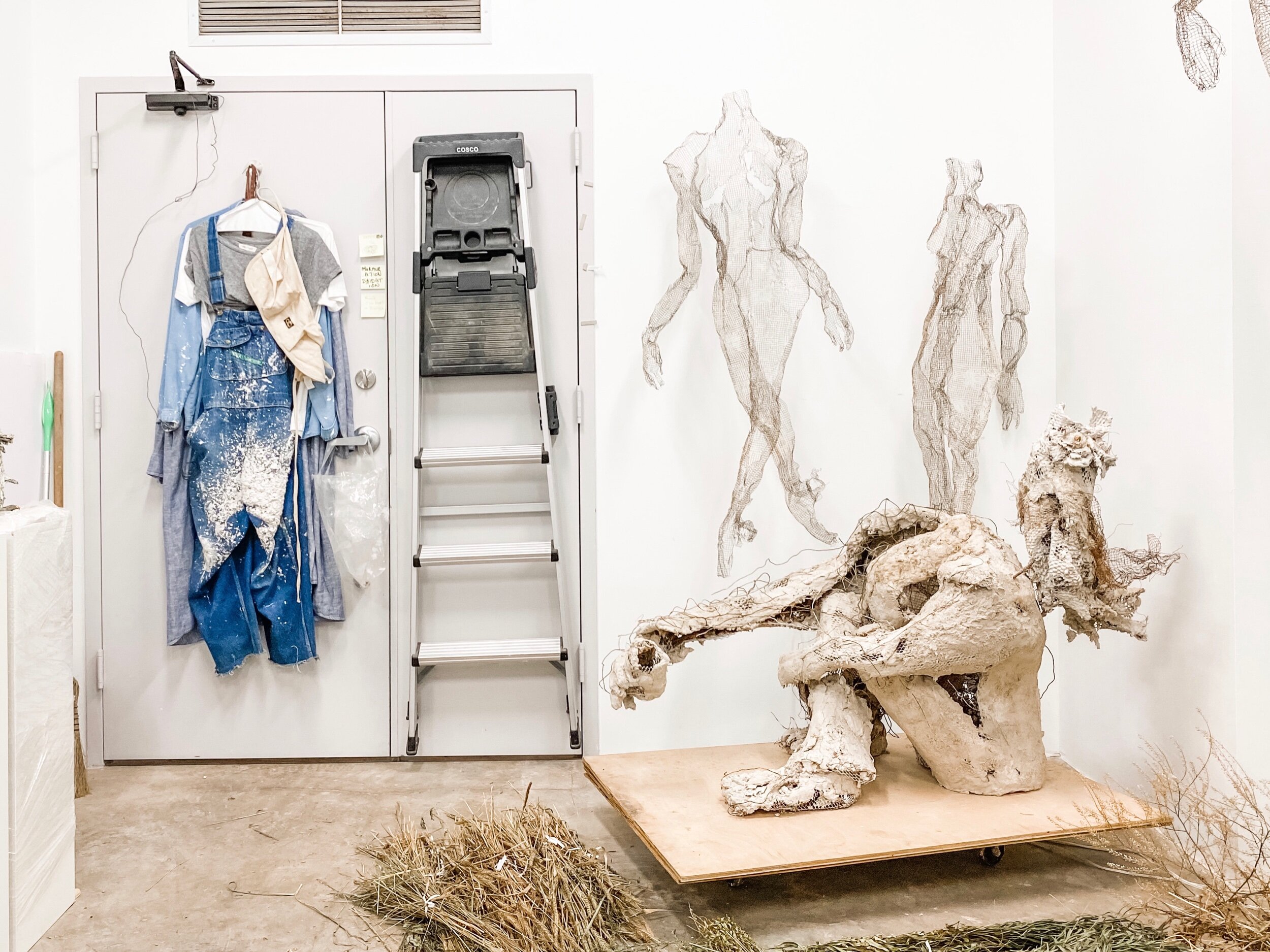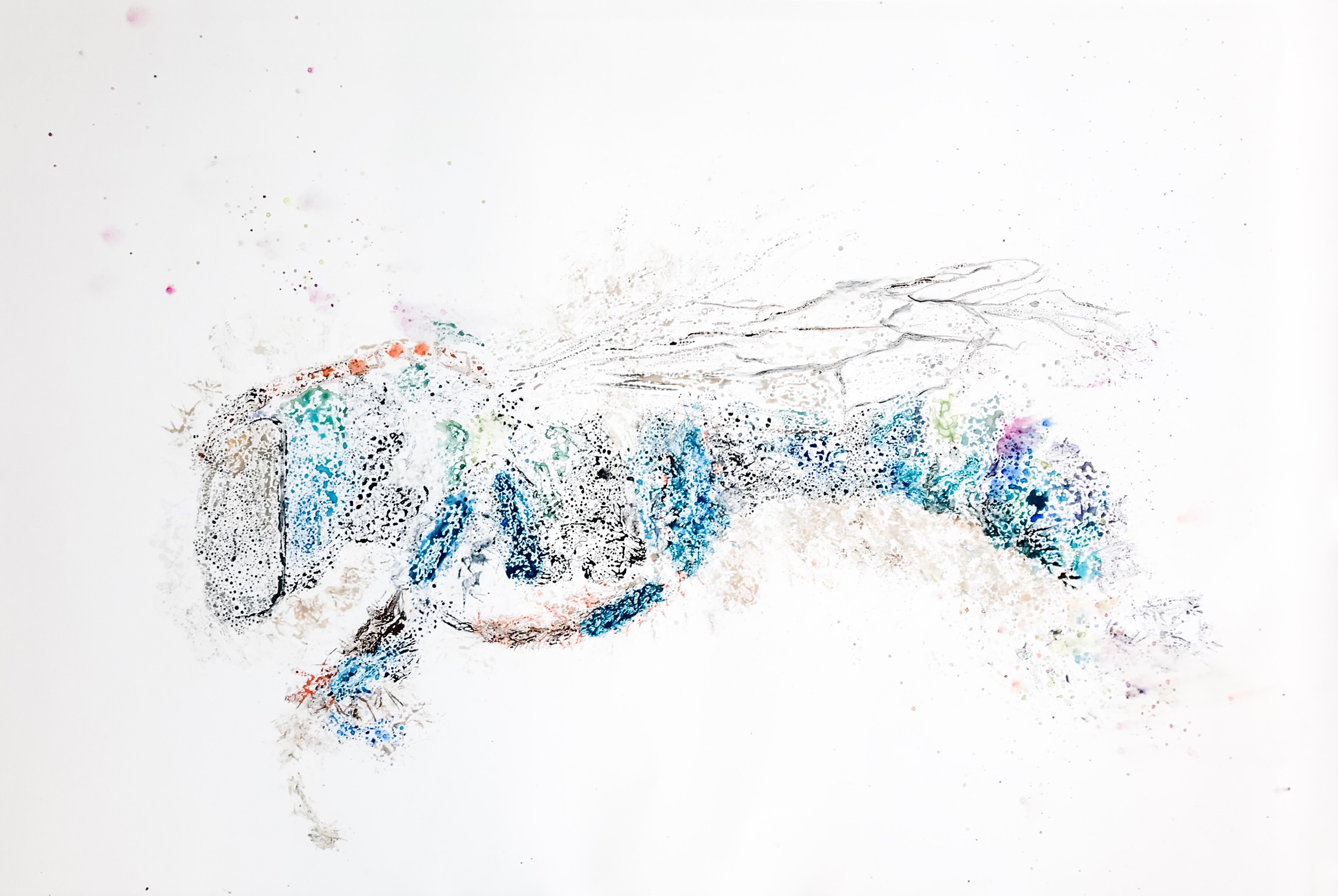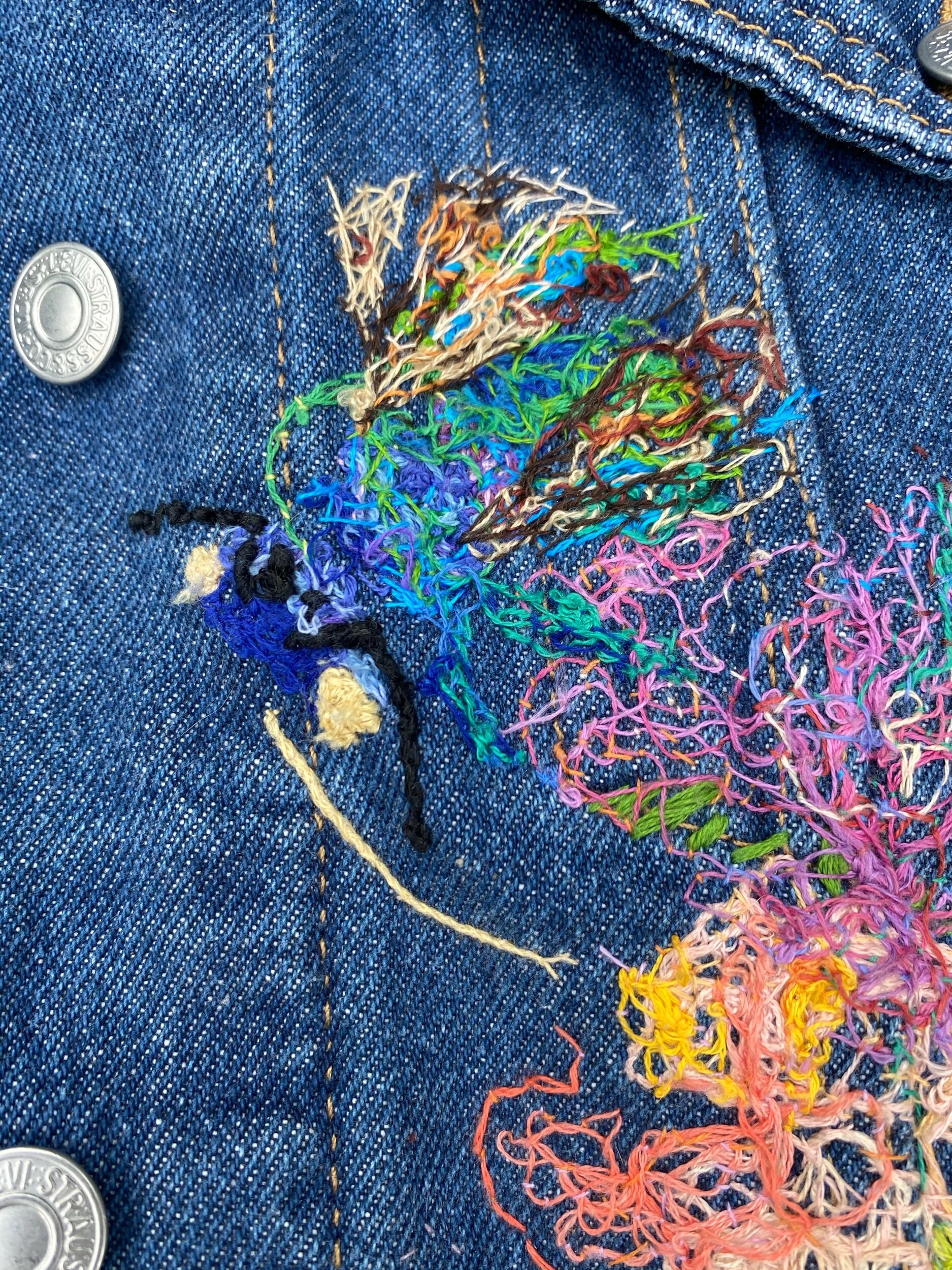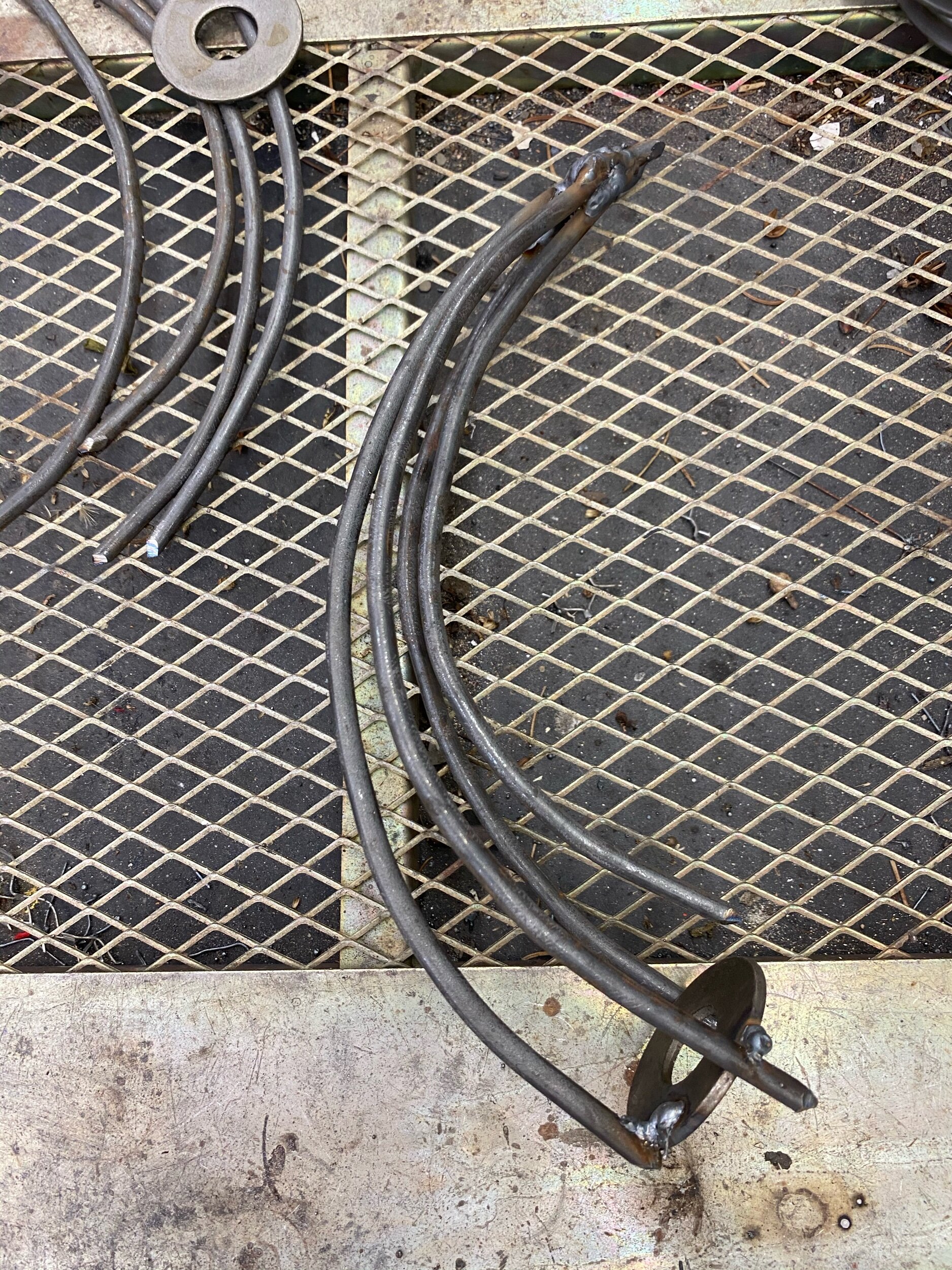If there is an interesting bee it is the orchid bee on many levels. I previously wrote a blog post regarding how orchids trick orchid bees with sex in order to get pollinated. There are endless articles about the interesting habits of orchid bees. They are also one of the most beautiful bees and come in a multitude of gorgeous colors. They are one of the jewels of the bee family.
A fellow Houston artist Jo Ann Fleishhauer recently opened Disquieted Beauty in the Old Jail Art Center this past spring. I was not able to see the exhibit due to Covid. However, the exhibit will open in Houston at Rudolph Blume this fall. In brief the exhibit looks at modes of communication used by the natural world, primarily the orchid bee. The orchid bee uses perfumes from orchids and other living organisms to attract females. Jo Ann’s artistic, complex, layered interpretation of communication is preeminent. You will not want to miss Jo Ann’s Disquieted Beauty when it comes to Houston.
One of the distinguishing characteristic of an orchid bee is their tongue. They have evolved to have a tongue that is twice as long as their body. I stiched a blue and green with beige and brown wings orchid bee in flight with it's tongue physically extended to an abstract orchid.
